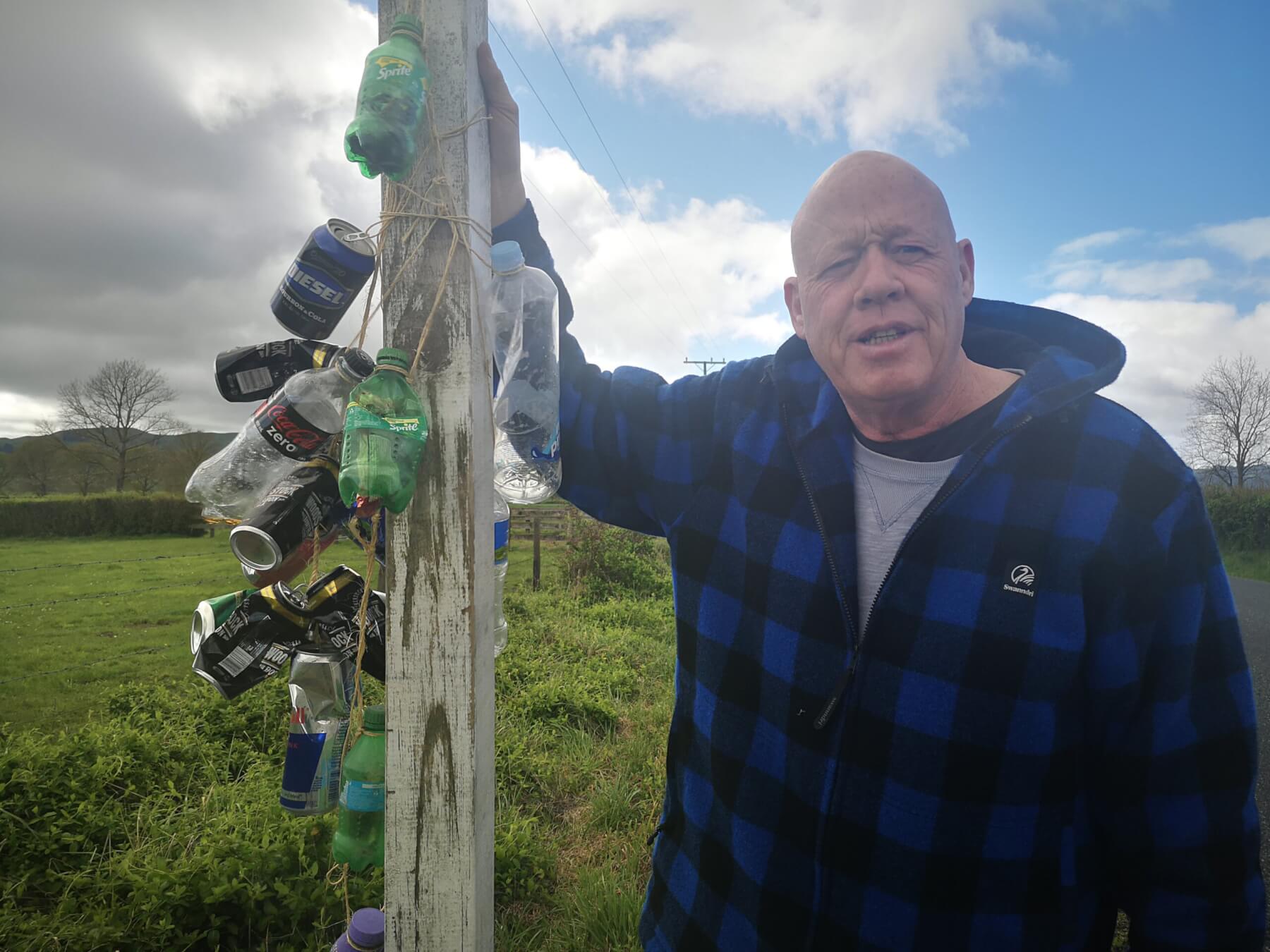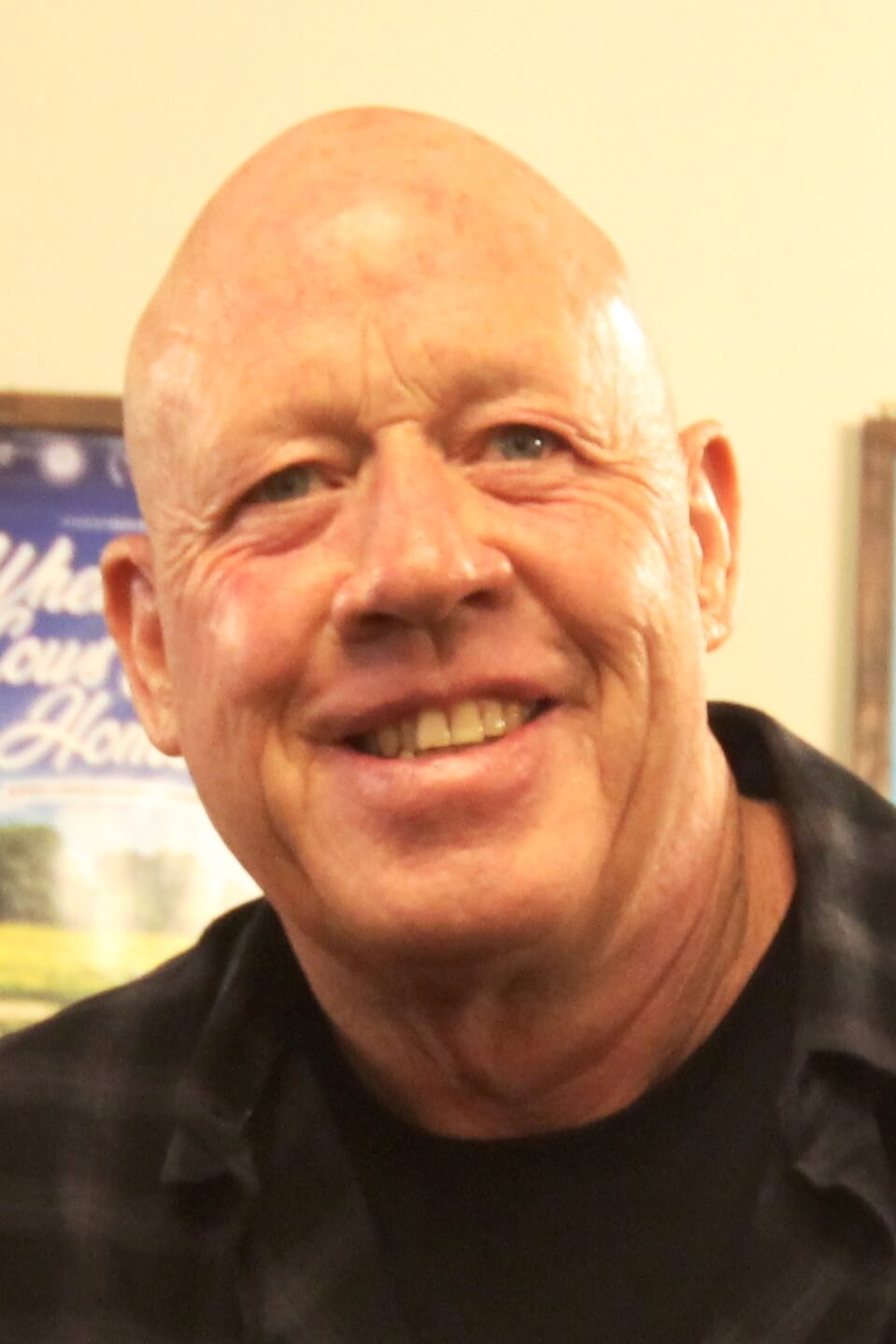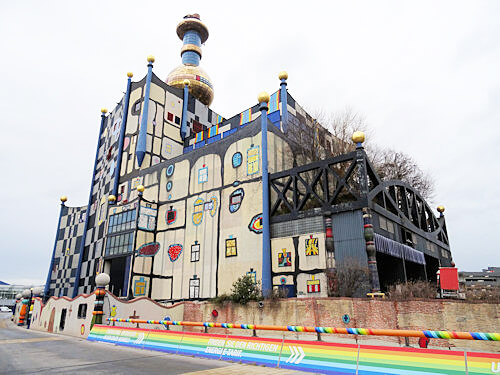Fencourt’s Andrew Johnstone is known to Good Local Media readers as the subject of a Costa Botes documentary When the Cows Come Home. He has also come out on the side of a planned incinerator for Waipā and put his case today. The News has not formed a view on the application but is encouraging debate. Don’t Burn Waipā has been invited to respond in next week’s edition of The News.
The Spittelau incinerator designed by Friedensreich Hundertwasser. Photo: Visiting Vienna.
I want to recycle, I really do. I compost my food waste and dutifully rinse glass containers and put them in the Blue Bin and wash whatever plastic the Yellow Bin will take, carefully removing the lids and putting those with the non-recyclables in the yellow landfill bag. But when I haul that bag to the roadside for collection, I look at what I’m throwing away and wonder why I bother.
The fact is, when it comes to recycling New Zealand is an ‘underachiever’. What do we actually recycle? Not even the relevant Government departments know. The best guess is around 25 per cent.
What we do know is that our recycling rate is among the lowest in the developed world and that around 75 per cent of our waste ends up in landfill.

Andrew Johnstone supports recycling and regularly picks up rubbish from around his community.
Proper recycling systems require investment, subsidy and long-term planning but successive governments have failed to do anything meaningful about our growing waste problem and the result is a booming landfill industry.

Andrew Johnstone
According to the Ministry for the Environment, New Zealand will be a low-emission, low-waste society with a circular economy by 2050.
That’s a long way off and the ministry does not sugar coat the complexity of the challenge. The fact is that for now New Zealand is burdened with a complex waste stream of which a good 50 per cent is almost impossible to recycle and landfill is the only method of dealing with it. Or is it?
Many years ago, I visited the Hundertwasser designed toilet block in Kawakawa. I was deeply impressed and set about learning more about the man, which is how I first heard about Waste to Energy incineration.
The Spittelau Waste to Energy plant is located in the centre of Vienna. In the late 1980s it was damaged by fire and as they planned the rebuild the city decided to do something adventurous with an otherwise drab industrial building. Hundertwasser took on the job and the result is one of Vienna’s most beloved landmarks.
Vienna’s most prominent piece of public art burns 250,000 tonnes of waste a year, producing electricity, heating and hot water for some 50,000 households.
Using the latest technology the fumes are scrubbed clean of toxins before they are released to the atmosphere and as with all waste incinerators, any valuable mineral resources are removed from the ash before it is landfilled or repurposed.
There are 2500 waste incineration plants in operation internationally. Germany operates 156 incinerators and recycles 67 per cent of its waste. Singapore operates four incinerators and recycles 60 per cent of its waste while Sweden operates 34 waste to energy plants with a recycling rate of 49 per cent and growing.
Most countries operating waste to energy technology are doing very well with recycling though there are exceptions. With 1200 incineration plants and a 20 per cent recycling rate Japan prefers to burn rather than reuse.
Meanwhile on the other side of the Sea of Japan, close neighbour South Korea operates 183 incineration plants and is the world’s third best recycler.
Germany landfills 10 per cent of its waste, in Sweden and Singapore it is one per cent and mostly incinerator ash.
As long as there is a strong governmental commitment to recycling, waste to energy incineration does not adversely affect recycling rates, which is one of the main claims being made against the technology by those who are opposed to the idea of a Waste To Energy for Te Awamutu.
Then there’s the claim that the proposed plant will result in a pall of toxic smoke hanging over Te Awamutu, one that will cause disease and pollute farmland. This might have been the case 50-60 years ago but not today.
The fumes from modern waste incineration are cleaned of toxins and particulates by a variety of processes and most of what comes out the smokestack is carbon dioxide and nitric oxide and it is typically less than the atmospheric emissions from landfill sites, which includes both carbon dioxide and methane.
Modern waste incineration plants are designed to be environmentally safe but strict government oversight is part of the equation and if New Zealand goes down this route, we need to get this right. The European Union and Singapore both offer legislative examples worth emulating.
Opponents of the proposed Te Awamutu plant have been using misinformation and disinformation to create a climate of fear around the issue and that so many, including environmental and zero waste Non-Government Organisations, consider this a legitimate strategy brings into question issues of integrity and trust.
Waste to Energy could be a boon for Waipa and the nation as a whole, let’s not let propaganda driven hysteria ruin an opportunity to do things a little better.
See: Cambridge cows star on screen
See: The great sprite and snickers mystery
See: Trees gone, but not forgotten









